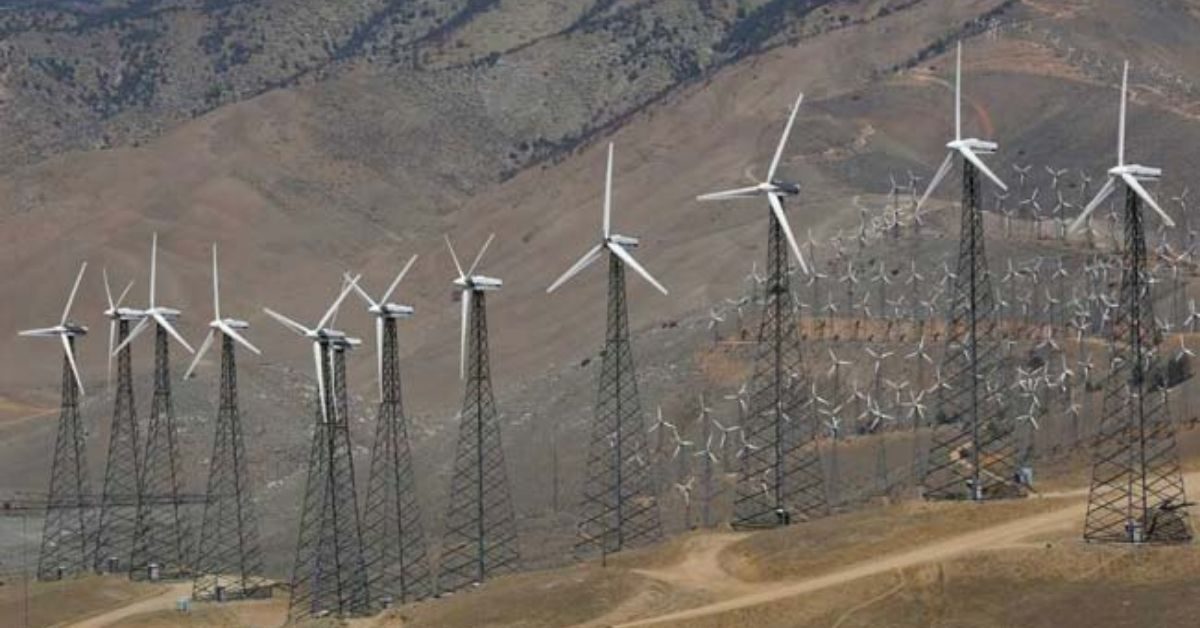The Ministry of New and Renewable Energy (MNRE) will be submitting a proposal to the Ministry of Shipping for developing the ports of Pipavav (Gujarat) and Tuticorin (Tamil Nadu), to make them ready for handling offshore wind project cargo.
The National Institute of Wind Energy, (NIWE), which is under MNRE, has done a study on what needs to be done at these two ports, in terms of dredging, land reclamation, shore protection and docking facilities.
Revealing this at the second UK India Offshore Wind Summit, organised by the UK government and the Global Wind Energy Council, Dr Rajesh Katyal, said that the development of Pipavav port would cost ₹622 crore and that of Tuticorin, ₹732 crore.
He said that the government of India would decide whether the projects would be funded by the government itself or posed to the World Bank for funding.
New investment
This proposal assumes significance against the backdrop of the fact that the government of India would soon come out with tenders for ‘seabed lease’ — first for 4GW of projects off Tamil Nadu coast and then for 1 GW off Gujarat coast.
Katyal said that by the time the developers are ready to put up the projects, the port infrastructure would be ready.
At the Summit, the report titled ‘Capability Assessment of India’s Offshore Wind Supply Chain’, based on a study conducted by MEC Intelligence, a consultancy, and Offshore Renewable Energy Catapult of the UK government was released. The report notes that “new port side investment” could vary from ₹1,500 crore to ₹3,000 crore.
Speaking at the Summit, Alexander Ellis, British High Commissioner to India, pointed out that he was from “a small, crowded, windy island” that was very good for offshore wind, and said that the UK had learnt a lot about offshore wind energy, in terms of research, supply chain and “what works and what doesn’t work”. As India goes through the path of offshore wind, “the UK, through its investments, companies, researches, systems, can share and learn together.”
Noting the huge potential for offshore wind off Gujarat and Tamil Nadu coast, Ellis said, “it is massively in the UK’s interests that India grows its offshore wind industry,” because what India (and China) does for climate change affects the entire world.
The Ministry of New and Renewable Energy (MNRE) will be submitting a proposal to the Ministry of Shipping for developing the ports of Pipavav (Gujarat) and Tuticorin (Tamil Nadu), to make them ready for handling offshore wind project cargo.
The National Institute of Wind Energy, (NIWE), which is under MNRE, has done a study on what needs to be done at these two ports, in terms of dredging, land reclamation, shore protection and docking facilities.
Revealing this at the second UK India Offshore Wind Summit, organised by the UK government and the Global Wind Energy Council, Dr Rajesh Katyal, said that the development of Pipavav port would cost ₹622 crore and that of Tuticorin, ₹732 crore.
He said that the government of India would decide whether the projects would be funded by the government itself or posed to the World Bank for funding.
New investment
This proposal assumes significance against the backdrop of the fact that the government of India would soon come out with tenders for ‘seabed lease’ — first for 4GW of projects off Tamil Nadu coast and then for 1 GW off Gujarat coast.
Katyal said that by the time the developers are ready to put up the projects, the port infrastructure would be ready.
At the Summit, the report titled ‘Capability Assessment of India’s Offshore Wind Supply Chain’, based on a study conducted by MEC Intelligence, a consultancy, and Offshore Renewable Energy Catapult of the UK government was released. The report notes that “new port side investment” could vary from ₹1,500 crore to ₹3,000 crore.
Speaking at the Summit, Alexander Ellis, British High Commissioner to India, pointed out that he was from “a small, crowded, windy island” that was very good for offshore wind, and said that the UK had learnt a lot about offshore wind energy, in terms of research, supply chain and “what works and what doesn’t work”. As India goes through the path of offshore wind, “the UK, through its investments, companies, researches, systems, can share and learn together.”
Noting the huge potential for offshore wind off Gujarat and Tamil Nadu coast, Ellis said, “it is massively in the UK’s interests that India grows its offshore wind industry,” because what India (and China) does for climate change affects the entire world.




